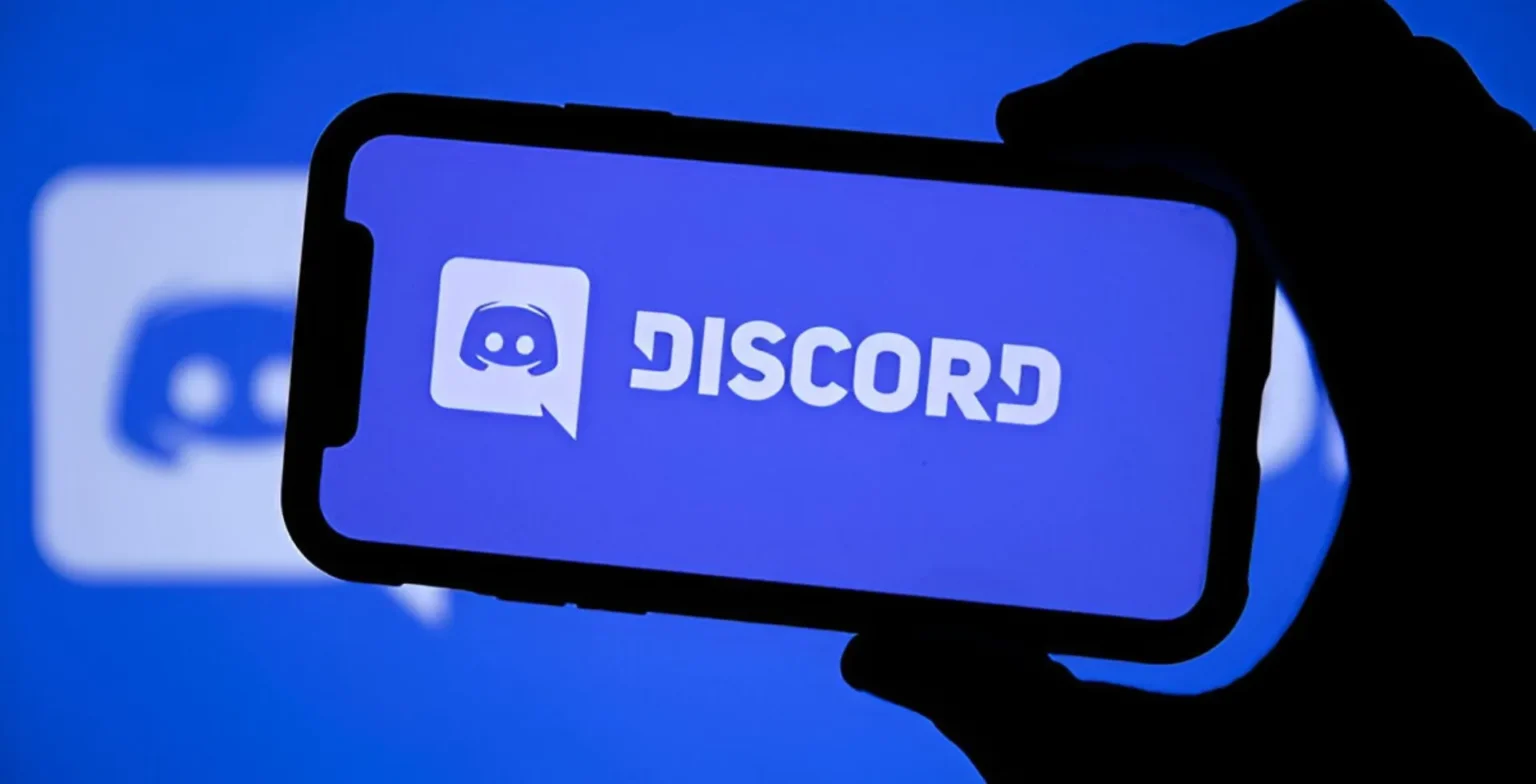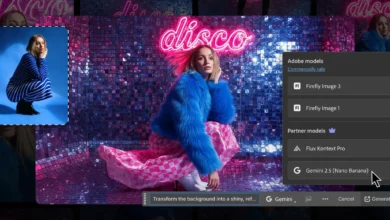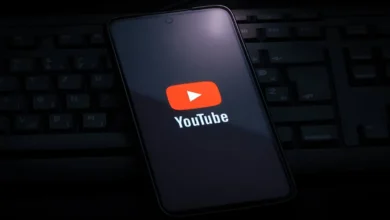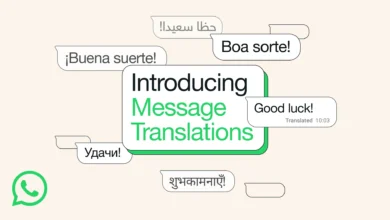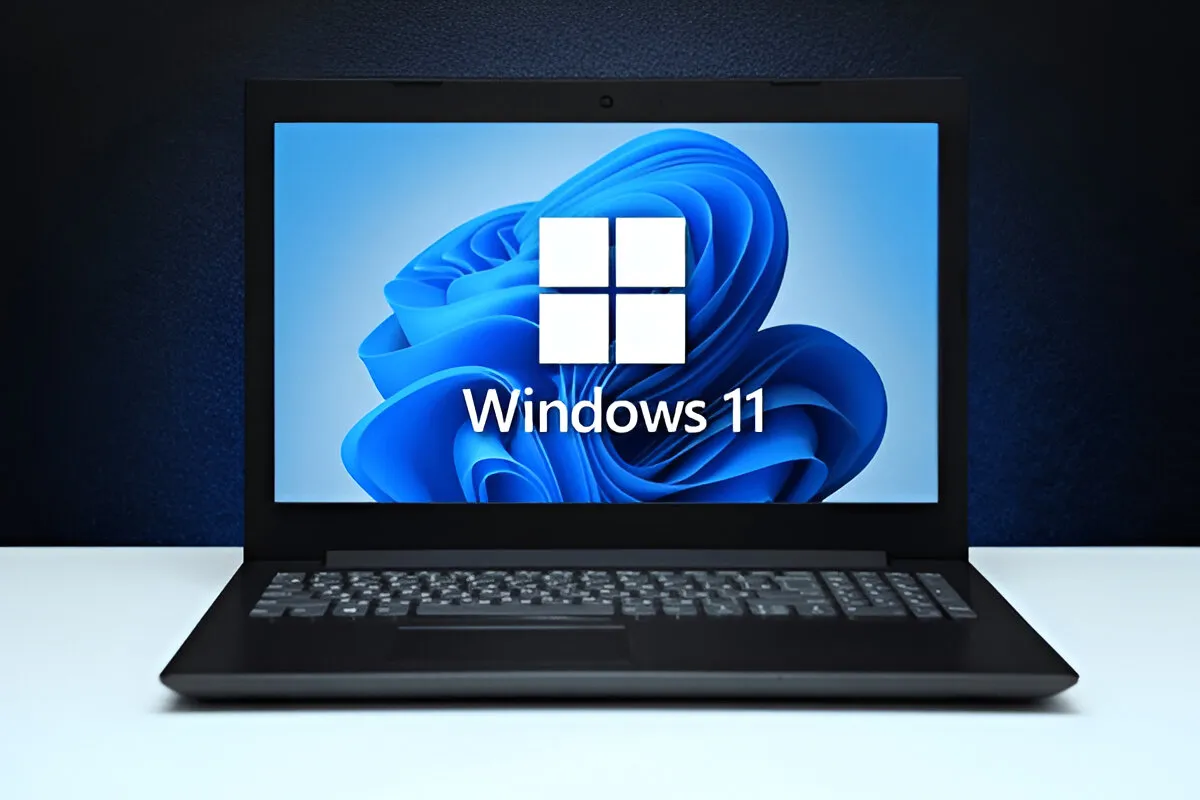
Windows 11 is now testing a new accessibility feature that would help you follow your mouse pointer on screen. A new crosshair tool found in Windows 11 Insider Preview Build 27913 adds intersecting lines that cross throughout the screen, pointing directly to the cursor position. It would be helpful for users with low vision, big screens, and dirty desktops, or where locating mouse can be a challenge.
It is not the first time that Microsoft has been trying out the feature. It was seen in Build 26085 more than a year ago, but temporarily disappeared. Its reappearance in the most recent build is a sign that Microsoft might still be experimenting with its utility, but the company has not yet announced anything.
At this point, the tool is still not visible and cannot be enabled using common system settings. If you want to use this, there is a third-party app, ViVeTool, that is required to unlock experimental or inactive Windows features.
X user @phantomofearth came forward with the news, assuring that the feature is already present and provided screenshots of the feature. But as it is not an enabled feature by default, it is not yet part of any official Insider testing. Microsoft has not stated when or even whether the feature will get an official launch in a subsequent version of Windows 11.
Users who cannot wait should also have a similar alternative in the PowerToys app. PowerToys is also a free utility pack provided by Microsoft that offers a feature called Mouse Pointer Crosshairs that places lines on the screen that intersect at the cursor.
Currently, Windows 11 has a limited mouse tracker tool. Users can enable the Mouse Indicator setting that provides a temporary circle around the pointer upon pressing the Control key. It is useful, but not on the level of a versatile full crosshair tool that has persistent and customizable visibility. Apple macOS has something close to this: shaking the mouse or touchpad too fast, the cursor to helps users find it more easily.
The possibility of crosshair would go a step further by offering a constant, edge-to-edge visual tool. It would enable users to find their pointer much more easily on a real-time basis, particularly in a professional environment or one that involves accessibility.
Although no official release date is set, the fact that it returned in preview builds silently is a good indication that one day, Microsoft can make this useful tool accessible to anyone using Windows 11.





